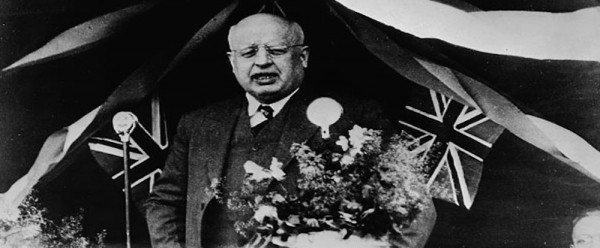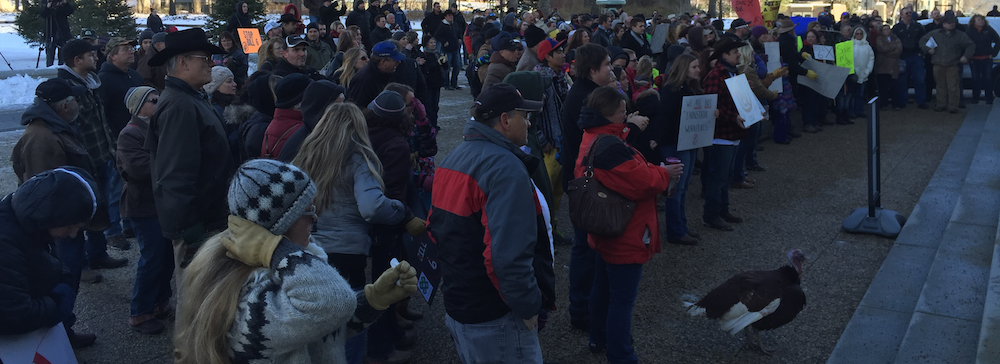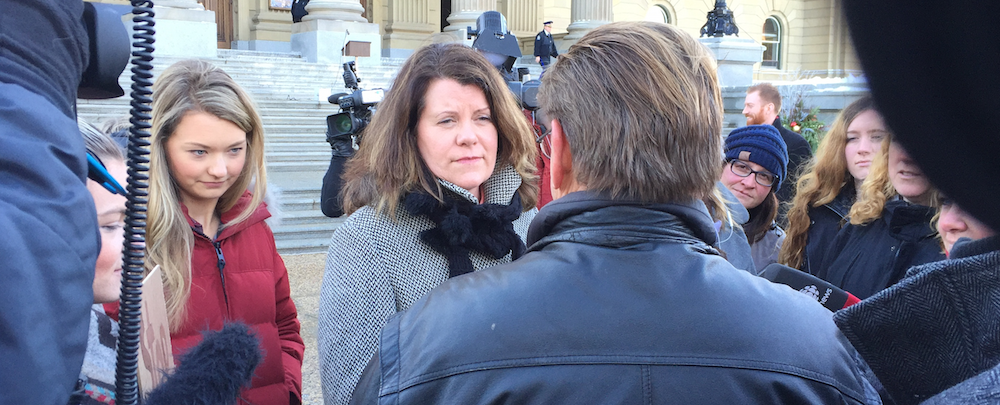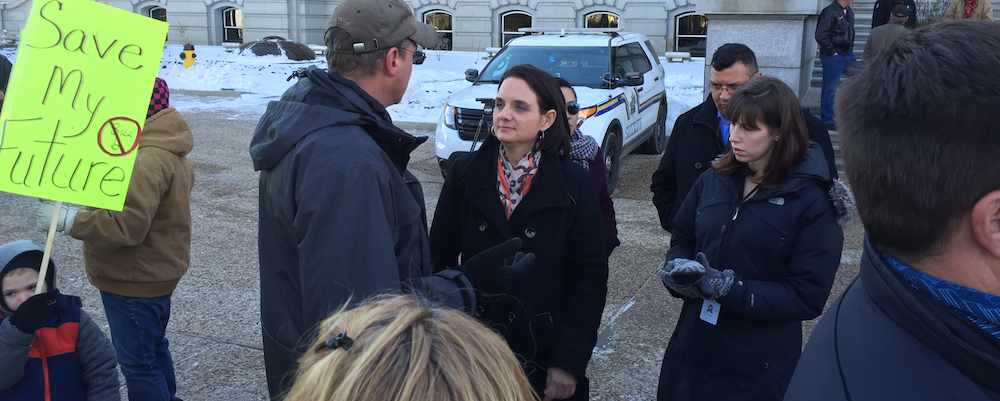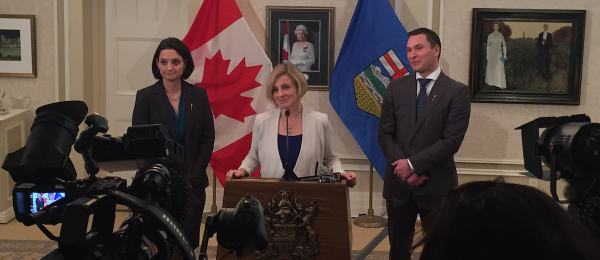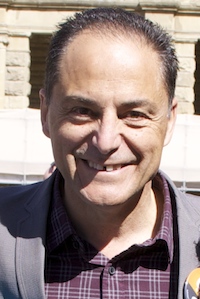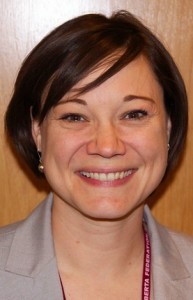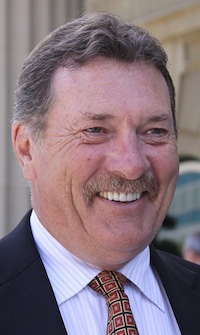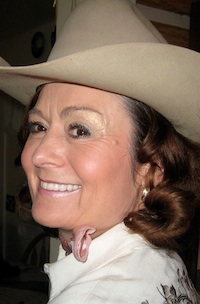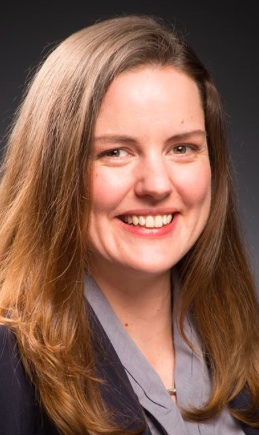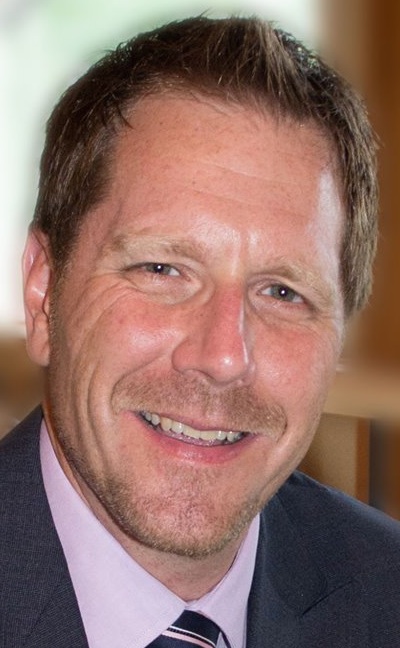A private members bill proposed by Chestermere-Rockyview Wildrose Party MLA Leela Aheer would allow 20 percent of eligible voters – a significant minority of eligible voters – the ability to overturn the results of a previously held fair and democratic election.
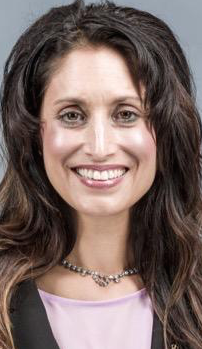
Bill 206: Recall Act, which passed first reading on Nov. 26, 2015, would create an MLA recall mechanism that could force a by-election in a provincial constituency if 20 percent of eligible voters from the previous election sign a petition demanding so.
If we were to have recall laws in Alberta, the threshold for overturning the results of a general election should be much higher than the 20 percent of eligible voters proposed in Ms. Aheer’s private members bill. A small minority of eligible voters should not have the power to overturn the results of a fair and democratic election.
The 20 percent requirement proposed in Bill 206 is also much lower compared to any previous recall proposals in Alberta.
Private members bills proposing the creation of recall laws in Alberta’s recent history have all come from opposition MLAs and all called for a significantly higher percentage of voters to sign the recall petition. Three private members bills introduced by Liberal MLAs in the 1990s called for recall to be triggered with the signatures of 40 percent of voters. A private members bill introduced by a Wildrose MLA in 2010 lowered the bar to 33.3 percent.
The only province with recall laws, British Columbia, requires signatures from more than 40 percent of eligible voters. B.C. adopted recall laws after it was approved through a province-wide referendum in 1991.
Even when Alberta briefly had MLA recall laws, from 1936 to 1937, signatures were required from 66.6 percent of voters to trigger a by-election.
One reason behind the low percentage in this bill is that it could make it easier for the conservative opposition to target and trigger by-elections in rural constituencies represented by NDP MLAs. In rural ridings where NDP candidates were elected in tight races, the low 20 percent threshold in Ms. Aheer’s Bill 206 would equal almost the same amount of votes received by Wildrose candidates in the recent election.
- In Dunvegan-Central Peace-Notley, only 3,278 signatures would be needed to trigger a recall by-election under Bill 206. The Wildrose Party candidate earned 3,147 votes in that riding and NDP candidate Marg McCuaig-Boyd earned 3,692 votes.
- In Lesser Slave Lake, NDP candidate Danielle Larivee was elected with 3,915 votes compared to the Wildrose candidate’s 3,198 votes. Twenty per cent of eligible voters would equal 3,812 votes.
Of course, Wildrose and Progressive Conservative MLAs could also become targets of the recall laws, though it is unlikely the NDP majority – like the previous Conservative majority – would ever support this bill.
In my opinion, Albertans had an opportunity to vote in a general election seven months ago and cast their ballots for candidates with the understanding they would serve as MLAs for the next four to five years. As the results of the 2015 election proved, when we are motivated by tired and arrogant governments, Albertans can be trusted to elect a new government. In 2019, Albertans will once again have an opportunity to cast their ballots and choose who will represent their individual constituencies.
A brief history of recall laws in Alberta
1936: Bill No. 76 of 1936: A Bill Providing for the Recall of Members of the Legislative Assembly was introduced by the Social Credit government and passed after their surprising win in the 1935 election. The bill required 66.6 percent of voters to sign a petition to trigger a recall by-election.
1937: The law was repealed by the Social Credit government after a group of disgruntled Albertans was thought to have collected enough signatures to recall Premier William Aberhart in his Okotoks-High River constituency.
1993: Calgary-Buffalo Liberal MLA Gary Dickson introduced Bill 203: Recall Act, which would have trigged a recall by-election if 40 percent of eligible voters signed a petition demanding one. The bill was defeated in a 42-34 vote in the Legislature.
1995: Edmonton-Meadowlark Liberal MLA Karen Leibovici introduced Bill 224: Parliamentary Reform and Electoral Review Commission Act, which would have created a commission to study a handful of issues, including recall. The bill passed first reading but was never debated.
1996: Lethbridge-East Liberal MLA Ken Nicol introduced Bill 206: Recall Act, which would have trigged a recall by-election if 40 percent of eligible voters signed a petition demanding one. This bill was defeated in a 37-24 vote in the Legislature.
1997: Bill 216, Recall Act was introduced by Edmonton-Manning Liberal MLA Ed Gibbons but was never debated in the Legislature. If passed into law, the bill would have trigged a recall by-election if 40 percent of eligible voters signed a petition demanding one
2010: Calgary-Glenmore Wildrose MLA Paul Hinman introduced Bill 208: Recall Act, which would have trigged a recall by-election if 33 percent of eligible voters signed a petition demanding one. Reached second reading but was not debated further.
2015: Chestermere-Rockyview Wildrose MLA Leela Aheer introduces Bill 206: Recall Act, which would trigger a recall by-election if 20 percent of eligible voters signed a petition demanding one
